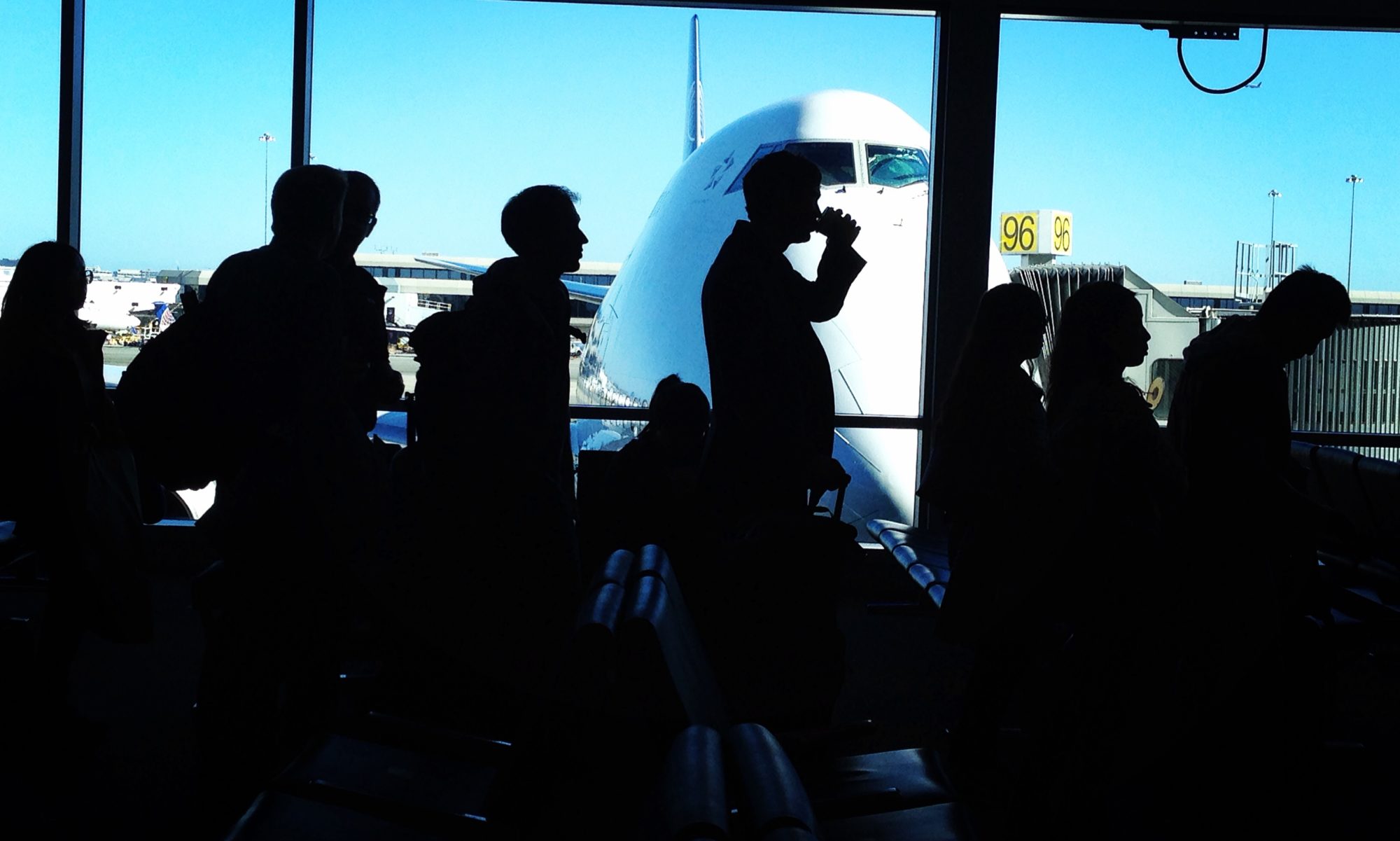By Tim Culpan and Clement Tan
Feb. 9 (Bloomberg) — Taiwan aviation officials agreed last month to TransAsia Airways Corp.’s request to push back enforcement of a new rule aimed at forcing them to have more time to conduct pre-flight checks.
Authorities delayed until March 1 their implementation of minimum transit time requirements, introduced this year after a fatal crash on Taiwan’s Penghu islands in July, because the airline had already published its schedule for January and February, Clark Lin, director of flight standards at the Civil Aeronautics Administration told Bloomberg News.
Enforcement of the new rule, which applies only to TransAsia and its fleet of ATR 72 aircraft, would not necessarily have prevented last week’s fatal crash, he said.
Flight GE-235, with aircraft registration No. B-22816, departed Taipei’s Songshan airport on Feb. 4 for the pilots’ second trip to Kinmen near China that morning before crashing four minutes later in the nearby Keelung River. A review of the aircraft’s Technical Log Book entries, which were kept by TransAsia and released by the CAA, show the pilots may have spent just 20 minutes at the gate in Kinmen while fuel was added, before returning to Taipei.
At least 40 people have been confirmed dead and three are still missing after pilots responded to engine warning alarms before the aircraft plunged into the water.
Delayed Enforcement
TransAsia officials met with the CAA over the weekend to review the logbooks, after after being shown the entries by Bloomberg News on Friday, and found that they were in compliance because enforcement had been delayed, Lin said.
Amy Chen, a spokeswoman for Taipei-based TransAsia, didn’t respond to two calls to her mobile phone Sunday.
Chen attended a CAA media conference Feb. 5 when the logbook entries were released and declined to immediately comment when asked about compliance with the new rules on Saturday.
Under the new rule, pilots must spend no less than 30 minutes at the gate to meet a requirement aimed at giving pilots more time between flights to take bathroom breaks, check fuel and conduct checks, Lin said.
“The transit time has been set at 30 minutes so the pilot can have sufficient time,” Lin said in Taipei Friday.
Transit time measures the duration when an aircraft’s wheels are in blocks at the gate, allowing passengers to disembark and embark while ground crew clean, restock and refuel the aircraft, and pilots inspect fuel and conduct pre-flight checks. Block time measures the duration from when the wheel blocks are removed to start the flight to when they’re replaced again at the next destination.
Fines
TransAsia would be issued a warning letter if found in breach of the minimum time requirements, Lin said. If further violations follow within six months, the airline can be fined up to NT$3 million ($95,400).
Taiwan civil aviation rules require that record books be kept for both flight operations and maintenance. The maintenance logs must be endorsed by a certified mechanic and accepted by the pilot-in-command before each flight.
Aviation authorities had been concerned even before the Feb. 4 crash in Taipei that fast turnaround times for the airline’s fleet of short-haul twin turboprop aircraft could lead to further safety breaches, according to three people familiar with the new rules, who asked not to be named because they’re not authorized to speak about ongoing investigations.
Pilot Training
Minimum transit times were among a list of action items given to TransAsia by Taiwan’s aviation regulator following the July crash of an ATR 72 on approach to Penghu from Taiwan’s southern Kaohsiung city, Lin said. Pilot training was among the highest priority, he said.
All 71 of TransAsia’s ATR pilots were ordered on Friday to undergo oral tests by this week, and would not be able to fly if they failed, the CAA said last week. Pilots could still fly before taking the tests.
That requirement for emergency testing prompted TransAsia to cancel 122 ATR flights, all on domestic routes, from Saturday through Tuesday.
Although flight GE-235 data show the right engine was operating normally, a warning sounded 37 seconds after takeoff and the propeller was automatically switched to feathering, a setting that turns its blades parallel to the wind to reduce drag and is similar to idling a motor, Thomas Wang, managing director of the Aviation Safety Council said Friday.
Soon after, the other engine had its propeller setting manually reduced before fuel was cut off, Wang said. Investigators aren’t yet able to explain the warnings, engine operations or the crew’s action, Wang said.
This was first published at Bloomberg.com.
